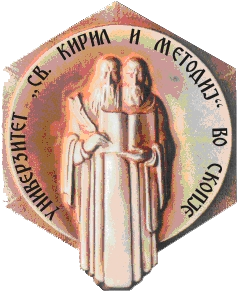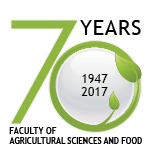VOL 67_2016/074
ISOLATION OF PROMISING MUTANT OF ENHANCED FRUIT QUALITY IN TOMATO
S. Sikder1, P. Biswas2, A. Chattopadhyay2, P. Hazra2*
1Department of Vegetable and Spice crops, Uttar Banga Krishi Viswavidyalaya, Pundibari-736165, Coochbehar, West Bengal, India
2Department of Vegetable crops, Bidhan Chandra Krishi Viswavidyalaya, Mohanpur-741252, West Bengal, India
* corresponding author: hazra.pranab05@gmail.com
Abstract
Induction of mutation by gamma rays, ethyl methane sulfonate (EMS) and their combined treatments was studied in three widely divergent genotypes of tomato, EC-620176, EC-620177 and Patharkutchi. Combination of gamma radiation and EMS caused more damage followed by EMS treatment and gamma radiation, mainly in M1 generation. Gamma irradiation (50-150 Gy) was most efficient followed by 0.05- 0.10 % EMS and their combination treatment in inducing wide array of macro-mutation in tomato. One mutant “Dark green fruit” was isolated from the M2 population of Patharkutchi treated by 150 Gy gamma radiation. Chlorophyll ‘a’, Chlorophyll ‘b’ and total chlorophyll content in the leaf and immature fruit of this mutant was significantly higher compared to the parental genotype. Average total chlorophyll content in the leaf and immature fruit of the mutant over M3 and M4 generation was 318.52 mg/100 g fresh and 21.93 mg/100 g fresh, respectively in sharp contrast to 198.25 mg/100 g and 12.21 mg/100 g fresh, respectively in the leaf and immature fruit of the parental line. This “Dark green fruit” mutant with higher average lycopene (7.49 mg/100 g fresh) and ascorbic acid (35.86 mg/100 g fresh) contents in the ripe fruits emerged as a promising genetic resource for further utilization in tomato breeding for enhancement of lycopene and ascorbic acid content in the fruits.
Key words: Mutation frequency, Gamma rays, EMS, Dark green fruit, Tomato
Languages:
Pages:



